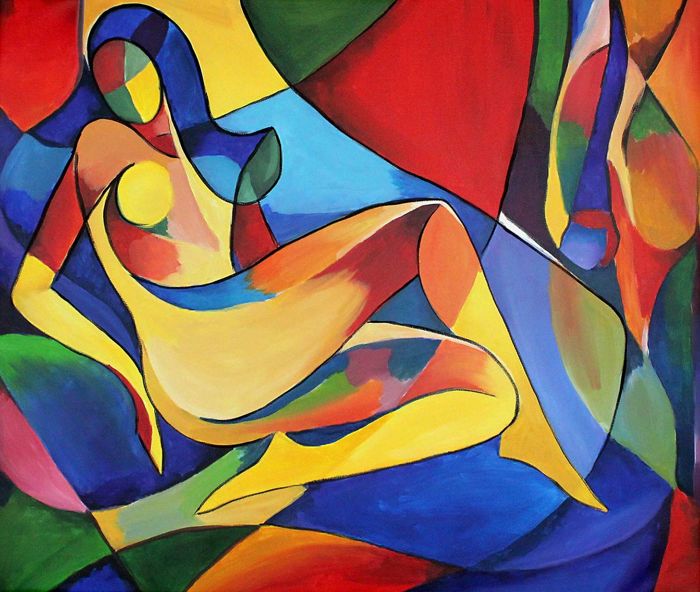No products in the basket.
Artists, Genres of Art, Style
Figurative Art
People, as creative beings, are drawn to figurative art. From infancy, we recognise human forms and faces- is it any wonder that figurative art can evoke such a strong reaction in us? Many of the earliest known artistic creations depict humans and animals- the Venus of Tan-Tan (est 200,000-500,000 BC) was a stone humanoid sculpture and much of the cave art created around 30-40,000 BC showed a variety of animals.
While abstract art gives form to a feeling, figurative art portrays a recognisable form with feeling. This is not necessarily done in a realistic manner- there is enormous scope for imagination and endless approaches an artist can take when depicting a recognisable subject.
Take, for example, the differences in the work of Lucian Freud, Pablo Picasso and Jean-Michel Basquiat. All three artists painted human forms with vastly differing styles- giving the viewer more than just a reproduction of their subjects’ likeness. Thushari Gamage uses shape and colour to evoke a sense of beauty and love in her paintings of humans and animals. Her piece “Kind” uses curves and a cool restful colour palette, depicting a woman feeding her animal companions.
Even a photorealistic piece can have a deeper meaning than immediately apparent. Alexander Coosemans painted detailed realistic still life pieces known as “vanitas”: collections of everyday objects which held heavy symbolism- often religious or moralistic. This style fell from favour in the 19th century, when art scholars formed the opinion that artistic merit was based on subject matter. At the time, still life paintings had ‘low’ merit while religious and mythological scenes were held in high regard- though both styles are still considered figurative art.
Unlike past eras in which subject was considered representative of taste, we often consider style and mood before subject when buying a piece of art. It is not uncommon to find examples of figurative artwork even in a predominantly abstract collection. Rick van den Berg merges the two in his piece “Sixth Dimension”, portraying ray fish surrounding a realistic female form, with a bright abstract element in contrasting colours.
As times change bringing new artistic movements, subcultures and media, helped by the internet, we have access to a seemingly endless range of very different but equally enticing art. For example; “Beautiful British Columbia (after “The land of Cockayne” by P. Bruegel) by Alexander Donskoi features a fantastical landscape with still life elements and Renaissance style figures. It tells a dramatic and highly detailed story, using pencil. “Blue Seasons” by Gena also portrays an other worldly landscape but the piece is, in contrast, restful and enchanting- evoking the changing of the seasons in rich colours with acrylic paint.
Figurative art is now more varied in style, emotional impact and technique than ever. Seeing the ways in which different artists portray a recognisable theme can be fascinating- especially when we consider the fact that people have made art for hundreds of thousands of years and we’re still finding new ways to represent ourselves and our surroundings!

